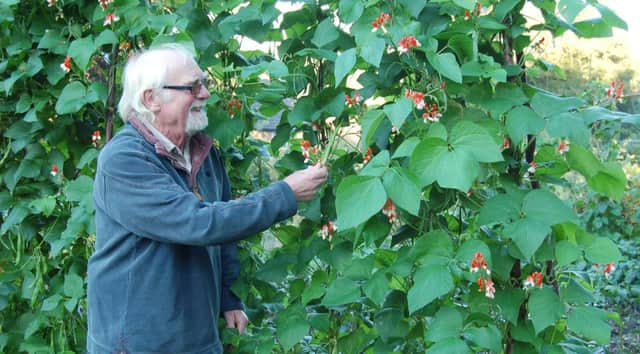Back to the future gardening
Early September is a time when we can harvest lots of fruit and vegetables from the garden and even though it’s been a strange growing year, there is still plenty of produce to gather in. Much of the produce can be used fresh and there is nothing better than picking vegetables from the garden and eating them straight away. Others can be stored for winter use or frozen to be eaten at a later date. From just a small plot you can easily grow enough produce to keep a family fed through the year. The range of different varieties of vegetables is huge and you only need to look through a few seed catalogues to see just what is available. Very fashionable at the moment are some of the heritage varieties that were grown over 100 years ago and a good place to see these being grown in Yorkshire is at the Ripon Workhouse Museum Garden. The gardens to the rear of the old Workhouse which was built in 1854 have been renovated over the past six years by a team of dedicated volunteers who now cultivate a selection of produce that was grown in Victorian times to feed the inmates of the Workhouse. Records of what was grown in the garden show that brassicas, potatoes and onions were part of the staple diet, but other vegetables were also grown including the Runner bean ‘Painted Lady’ with its very attractive red and white flowers that produce short, tasty beans. It has been grown since the 1700’s, but can still be found in seed catalogues and is well worth growing. Lots of salads were also grown including varieties called Lettuce ‘Fat lazy blonde’, which produces a firm head of crispy leaves and Lettuce ‘Bloody cos’ with green leaves and deep red spots. One of the main-crop potatoes grown in the garden at the museum is ‘King Edward’. However, back in Victorian times this variety was known as ‘Fellside Hero’ and it wasn’t until the Coronation of King Edward VII in 1902 that it was renamed in his honour. This is still a popular potato to grow and when lifted in September, it can be stored and used


lYou can follow Martin on his Face book page, Martin Fish – Simply Gardening or on www.martinfish.com